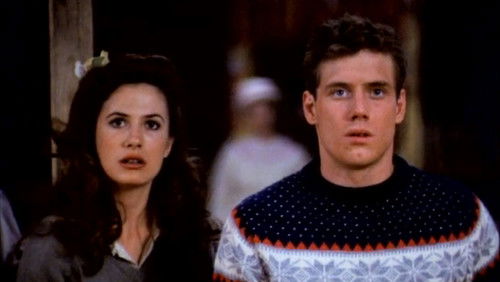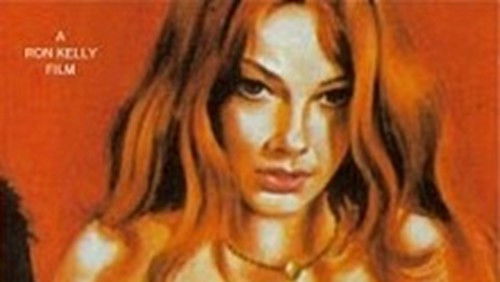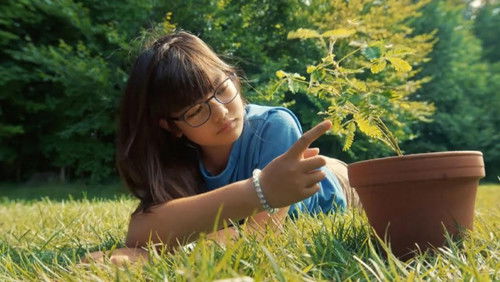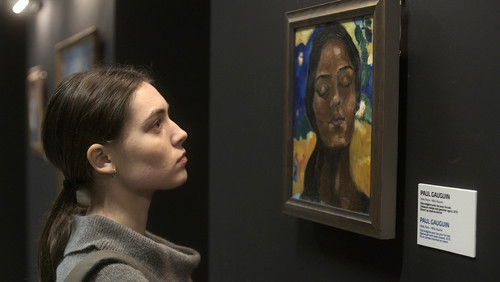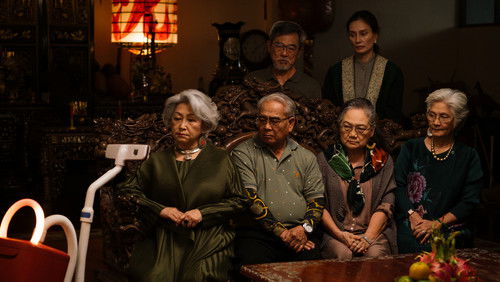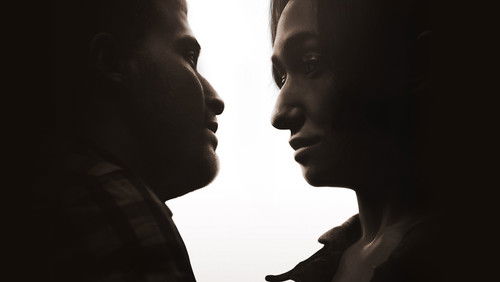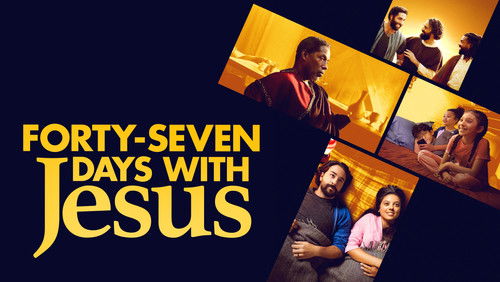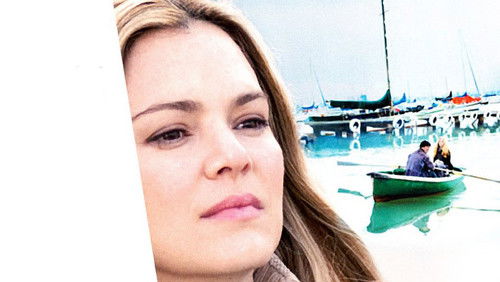I Can No Longer Hear the Guitar (1991)
15KI Can No Longer Hear the Guitar (1991). 1h 38m
“Philippe Garrel is a French director of cult status whose work has not been much seen in the US. Interest among film buffs certainly must have grown with the showing of Garrelu0026#39;s wonderfully atmospheric evocation of 1968-69 u0026#39;Regular Loversu0026#39;/u0026#39;Les amants réguliersu0026#39; (2005) at the New York Film Festival, with a brief New York theatrical showing two years later. After re-watching Regular Lovers last year I wrote that it is u0026quot;the kind of film that burns itself into your memory and keeps coming back.u0026quot;u003cbr/u003eu003cbr/u003eAnd this is a French cinematic dynasty. Philippeu0026#39;s brother Thierry is a producer; his father Maurice is a veteran actor with well over a hundred credits (recent notable ones: u0026#39;The Red and the Black,u0026#39; Dercourtu0026#39;s u0026#39;My Children Are Different,u0026#39; u0026#39;Kings and Queen,u0026#39; and u0026#39;Regular Loversu0026#39;); and his son Louis, the young poet and central character of Regular Lovers, is the hottest young French screen actor in more senses than one. Americans saw Louis with Eva Green and Michael Pitt in Bertolucciu0026#39;s 2003 u0026#39;The Dreamers.u0026#39; But what are Philippe Garrelu0026#39;s important films? I donu0026#39;t know; the promoters of the Film Comment Selects series at Lincoln Center say u0026#39;Ju0026#39;entends plus la guitareu0026#39; (u0026quot;I No Longer Hear the Guitaru0026quot;) is u0026quot;arguably Philippe Garrelu0026#39;s masterpiece.u0026quot; u003cbr/u003eu003cbr/u003eMasterpiece or not, this film (which won the Silver Lion in Venice) is a complete contrast to the over-three-hours-long, epic-feeling black and white u0026#39;Regular Loversu0026#39;–and yet memorable in its own way. Itu0026#39;s quieter and more intimate and more obviously autobiographical–almost like a loose compendium of fragmentary diary entries from a man who had many lovers and one good friend, a painter (Martin, Yann Collette, a veteran actor who happens to have a sunken and blind left eye). The man is Gerard (Benoît Régent). One of the women is Aline (Brigitte Sy, mother of Louis Garrel). But most important in Gerard/Philippeu0026#39;s life is Marianne (Johanna ter Steege), a luminous exotic Nordic lady drawn to drugs and dirty longhairs (unseen in the film but described with distaste by Gerard) who say u0026quot;Yeah man!u0026quot; and u0026quot;cool.u0026quot; u003cbr/u003eu003cbr/u003eThe film begins with Marianne and Gerard in Positano, on the Italian Riviera, with Martin and his friend Lola (Mireille Perrier). They go back to Paris where Gerard spends every evening smoking hashish at Martinu0026#39;s place talking about Marianne. Gerardu0026#39;s fascination with her is obvious, but there are no love scenes. One day Marianne meets another man and wanders off.u003cbr/u003eu003cbr/u003eMarianne is, as is well-known, the stand-in for Nico (stage name of Christa Päffgen) the singer of the Velvet Underground and Warhol u0026quot;superstaru0026quot; with whom Philippe Garrel had an ongoing relationship for over a decade. In the person of ter Steege, Nico/Marianneu0026#39;s appeal is obvious. Nico herself was in seven of Garrelu0026#39;s films in the Seventies. This one was made three years after her death–and Marianne like Nico is described as dying while riding a bicycle.Gerard meets Linda (Adélaïde Blasquez) Aline (Brigitte Sy), and then Adrienne (Anouk Grinberg), but Marianne remains in Gerardu0026#39;s world, the love of his life.u003cbr/u003eu003cbr/u003eScenes of u0026#39;Ju0026#39;entends plus la guitareu0026#39; over twenty years later still evoke the Sixties and Seventies in content and style. They are so simply staged theyu0026#39;re arresting. A woman comes to the door and says sheu0026#39;s a friend of someone else. Apparently she moves in, just like that. The next thing you know Gerard is in the bath and this new woman brings him a plate of food which he forks down hungrily. He gets up, hastily towels off, puts on a shirt while still wet. The woman spreads two sheets on the bed. They get under them, clothed, and propped up on their elbows lie looking into each otheru0026#39;s eyes. This is how the beginning of a new relationship is described.u003cbr/u003eu003cbr/u003eWhen Gerardu0026#39;s girlfriend has a baby, they eat at a table with a whole family, but nobodyu0026#39;s identified. Closeup of a young teenage boy looking on with eager happiness as the food is dished out. Most of the scenes are one-on-one conversations (unlike much of u0026#39;Regular Lovers,u0026#39; which is more collective and symphonic). This is like an autobiographical meditation, verging, the FCS blurb suggests, on u0026quot;psychodrama.u0026quot; Garrel is an heir to the Nouvelle Vague who captures life in the raw with lovely cinematography and interesting and attractive people but not very sophisticated or self-conscious technique. His films (so far as Iu0026#39;ve seen them so far) can be irritating and slow but are curiously endearing. Think Warhol, but without the titillation and voyeurism, and with a European straight male sensibility, particularly here. Even without the presence of Louis (who was around eight when this was made) this is still a fresh, youthful kind of film-making. It may seem self-indulgent, but it doesnu0026#39;t age. u003cbr/u003eu003cbr/u003eShown as part of the series, Film Comment Selects, at the Walter Reade Theater, Lincoln Center, New York (February 25, 2008).”

